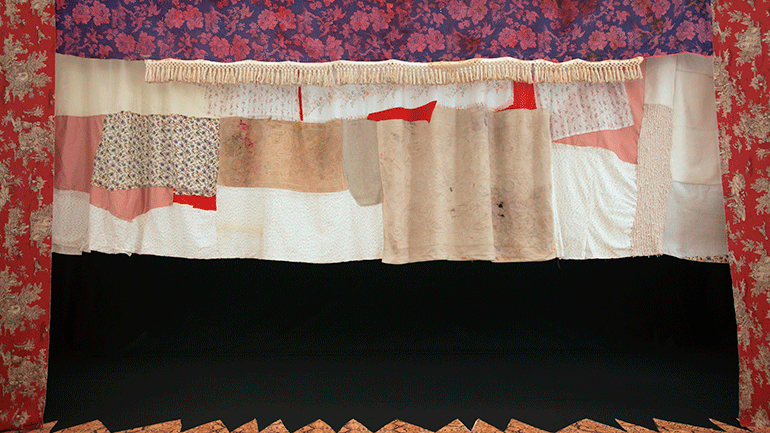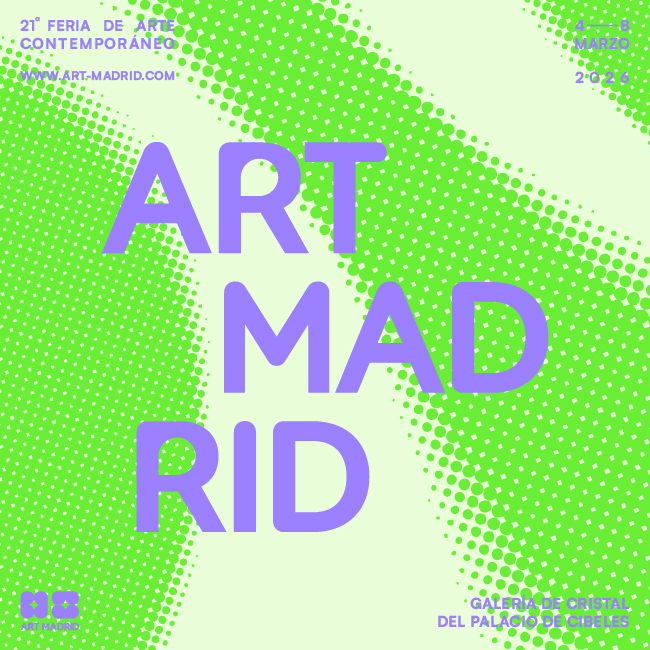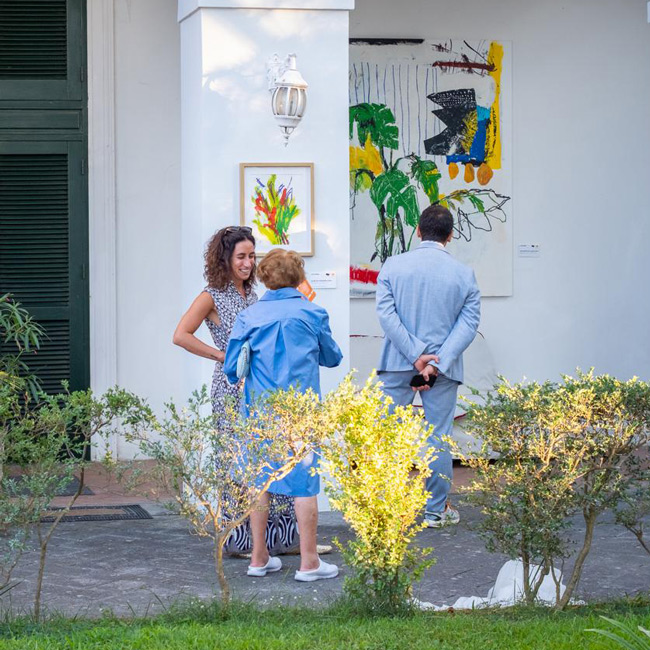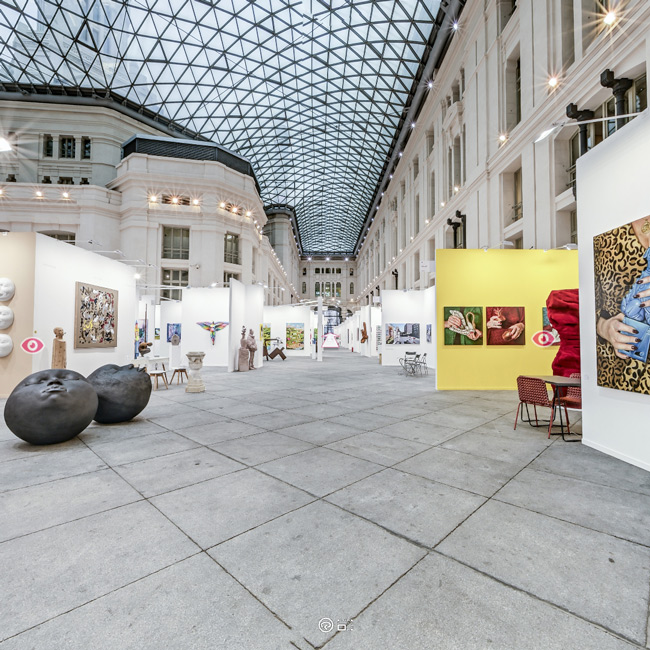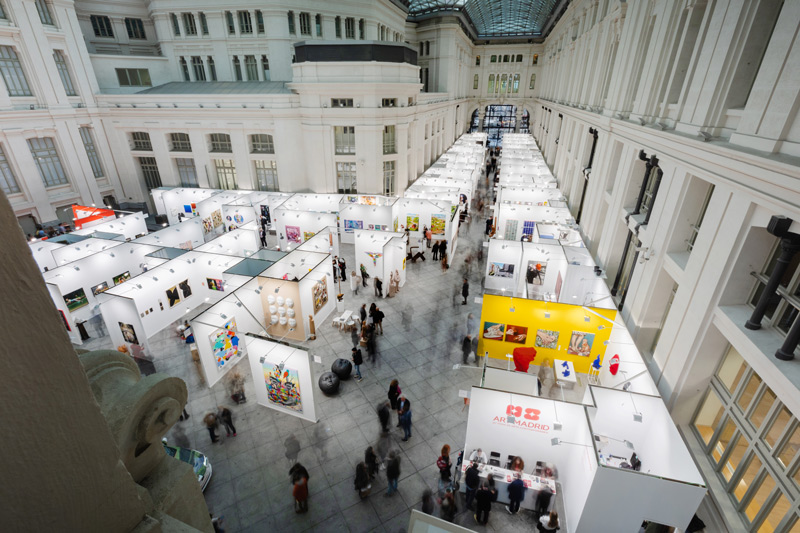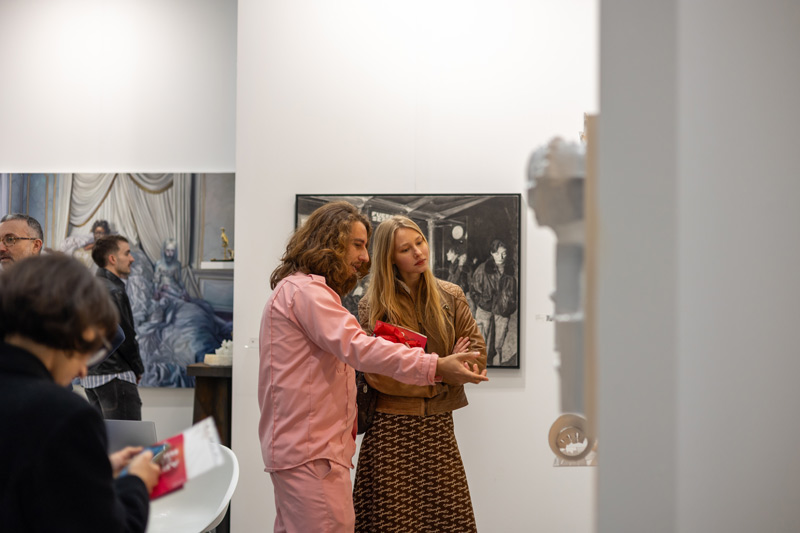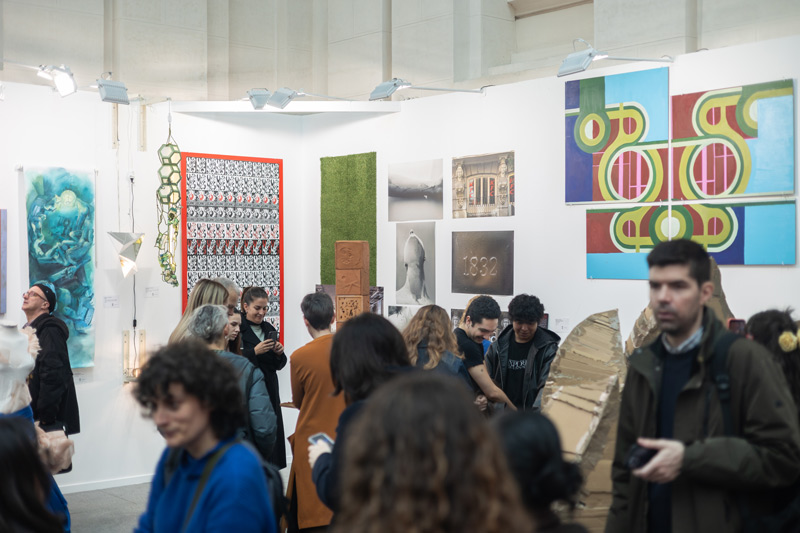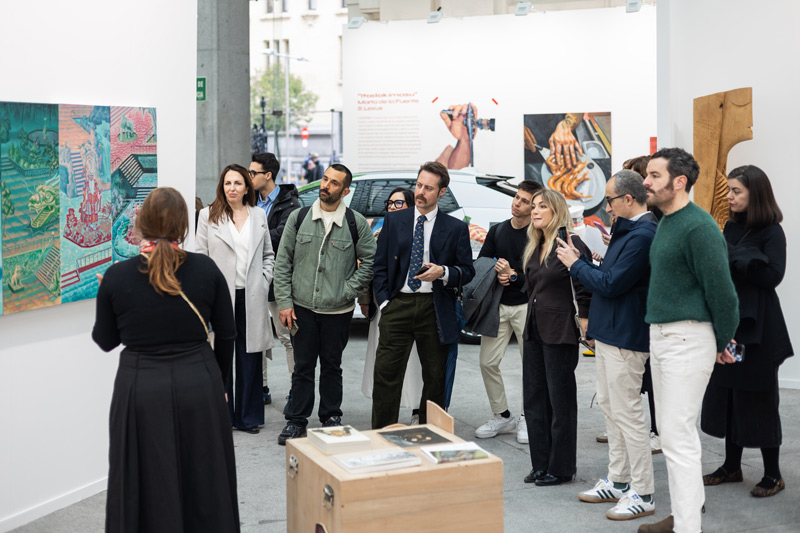GETTING READY FOR THE NEW SEASON
Aug 27, 2019
calendar
Like the collectable journals, the beginning of the school course, the inscriptions in the gym and a great list of new purposes that usually meet in September, this month also marks the beginning of the new season in the art world. Museums, galleries and cultural centres reorganise their calendar to shake summer off and face fall with a renewed schedule. And so that nobody gets surprises, we bring you some of the most interesting activities that the new course holds for us.
CANIDO (FERROL)
Las Meninas de Canido returns with its 11th edition, from August 31st to September 2nd. Since the launch of the idea in 2008, the project has gained in quality and recognition. The artist Eduardo Hermida is the promoter of this initiative that was born to revitalise the most depressed areas of the Canido neighbourhood, in Ferrol, especially affected by the crisis and the change of business model that had left the industrial fabric of the place very weakened. After ten years of work, not only part of the activity has been recovered, but the neighbourhood has become a benchmark in the urban art landscape. Around 2000, artists from Taiwan, Slovenia, Poland, Brazil, Syria, Ethiopia, Germany or France, as well as from Spain, have passed through Canido. The name of the festival responds to one of its working guidelines: artists must be inspired by this famous painting of Velázquez for their works and recreate variations that will remain forever on the facades of the city. As the organisers say: "Las Meninas de Canido is a triumph of artistic talent as a vehicle of communication and a foothold for the solution of urban needs." Last year, besides, there was an enormous expectation when a work attributed to Banksy appeared in one of the murals, although the artist denied it. For the festival, this author is an undeniable reference, and in homage, they reserve each edition a unique space under the claim “Banksy, in Canido we have a wall reserved for you”. It may appear this year…
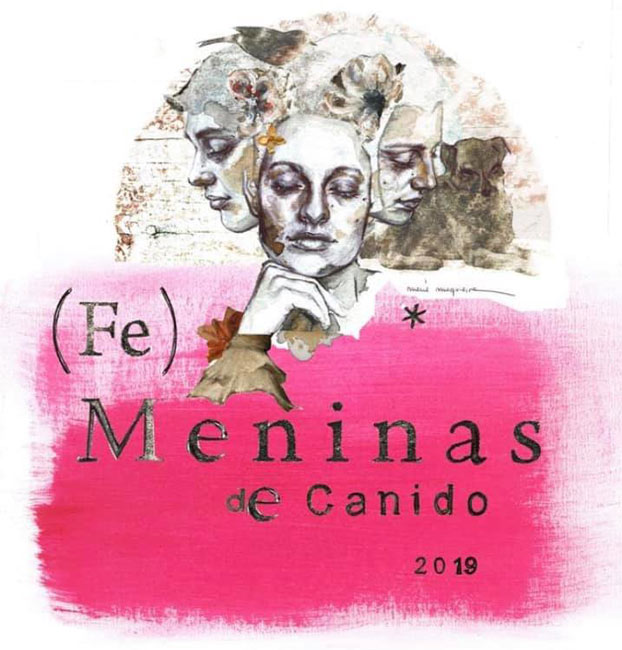
PHOTOGRAPHY IN MADRID
The Fundación Telefónica Space organises the workshop “Son ciudad” by the photographer Consuelo Bautista. This course takes place from September 11th to 13th, from 5 pm to 8 pm and is aimed at experienced professional or amateur photographers. Hand in hand with the artist, participants will take a tour of urban photography and the power of communication that city images can have, also reviewing the work of other authors such as Wiliam Klein. After a more theoretical first session, it is time to put into practice the concepts worked and the vision of the attendees to develop a project around street photography and the creation of micro-stories with the characters of urban life.
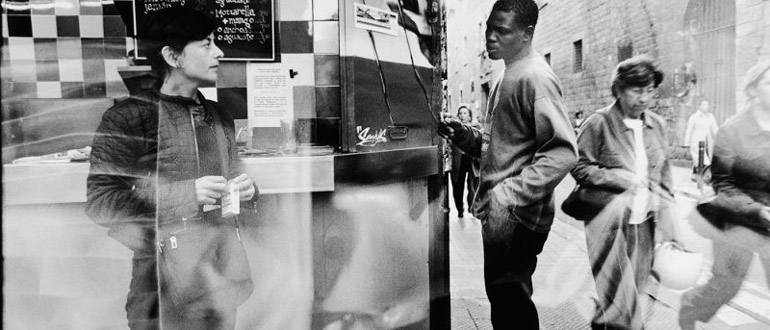
PROYECTOR FESTIVAL
From September 11th to 22nd, Madrid opens its arms to video-creation to host the 12th edition of the PROYECTOR Festival. On this occasion, 14 spaces distributed throughout the city will host this large program for a video art immersion. The agenda incorporates visits to collections, curated cycles of projections, workshops, masterclasses, professional meetings, guided tours... There is no excuse to get to know this discipline that every year gains new followers. Contemporary video creation offers an immense field of exploration that attracts numerous artists, in addition to using a language adapted to the consumption habits of today's society. The power of the moving image and its use for the elaboration of a new contemporary discourse will surprise us with a program of activities designed for all audiences.
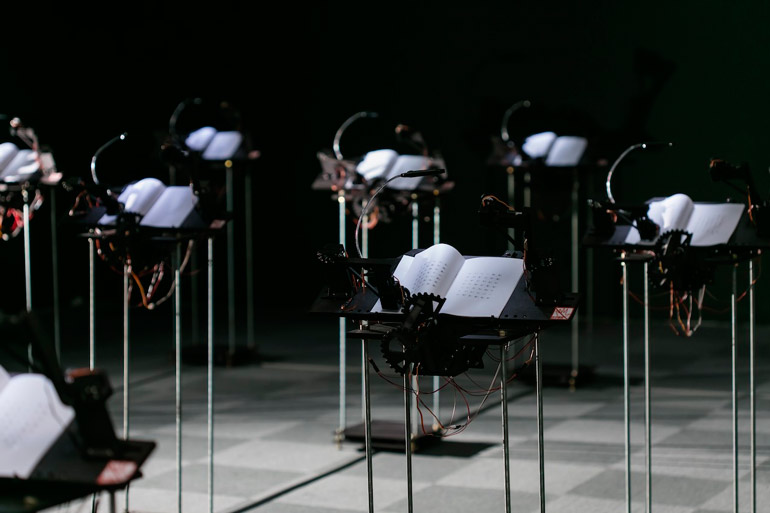
FESTIVAL OPEN HOUSE
In its 5th edition, the Architecture and City Festival will have the collaboration of more than 100 spaces that will open their doors to the public on the weekend of September 28th and 29th. It is the perfect occasion to get to know some hidden corners of buildings of enormous interest that remain habitually closed to the public. For lovers of architecture, design, interior design, art and history this is an unavoidable event. Last year, visits overpassed the records, and there were long waiting lists, so stay tuned for registration.
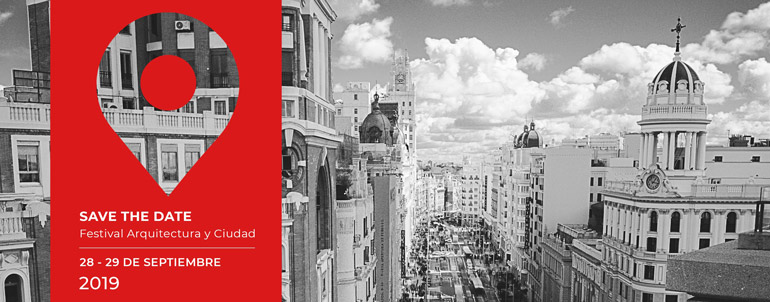
BOTIN CENTRE
On September 9th and 10th, the Botín Centre organises the second edition of its “Meeting on Science, Art and Creativity”. These sessions bring together professionals from different branches of knowledge to discuss the similarities that exist in creative artistic processes and scientists. In this way, the similarities between the two spheres can be noticed, and the influence that art and science have on each other can be observed. Concepts such as the golden ratio, art and fractal mathematics, the aesthetics of structures subject to tensegrity or the fascinating reaction of the brain to art and music will be discussed. As Pedro García Barreno, director of the meeting explains, “the speakers will present how artistic beauty has penetrated the scientific theories and the design of the machines, while the artists have incorporated scientific ideas and technological advances in their creative processes".
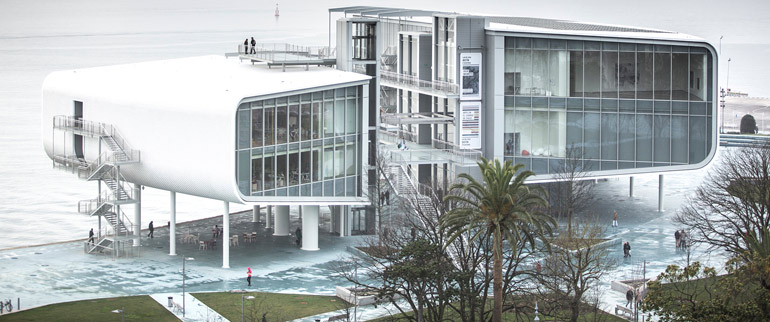
ALCALÁ 31 SHOWROOM AND REINA SOFÍA MUSEUM
To accompany the exhibition that the Reina Sofía Museum dedicates to the Hispanic-Brazilian artist Sara Ramo, Sala Alcalá 31 organises a parallel exhibition that opens on September 12th under the title "The fall and other forms of life". This exhibition focuses on a site-specific project created by the author for the room and revolves around the idea of simulation and appearance. For its part, the Reina Sofía Museum collects a part of her most extensive work, with pieces of video, installation, sculpture and collage. Sara Ramo always considers the position of the individual in their context and the maintenance of the established standards. This permanent questioning of the status quo soaks its pieces and seeks to open an internal dialogue with the viewer. In the exhibition "lindalocaviejabruja" Ramo works the role of women in our society and explores their domestic or daily context with works that feed on numerous references, even to incorporate absurd objects that produce a disconcerting effect.
